How to Relieve Migraines with Massage Techniques
Migraines can be debilitating, causing intense throbbing pain, sensitivity to light and sound, and even nausea. While medication is often necessary, massage therapy can be an effective complementary approach to alleviate migraine symptoms. Here are some massage techniques and tips to help relieve migraines:
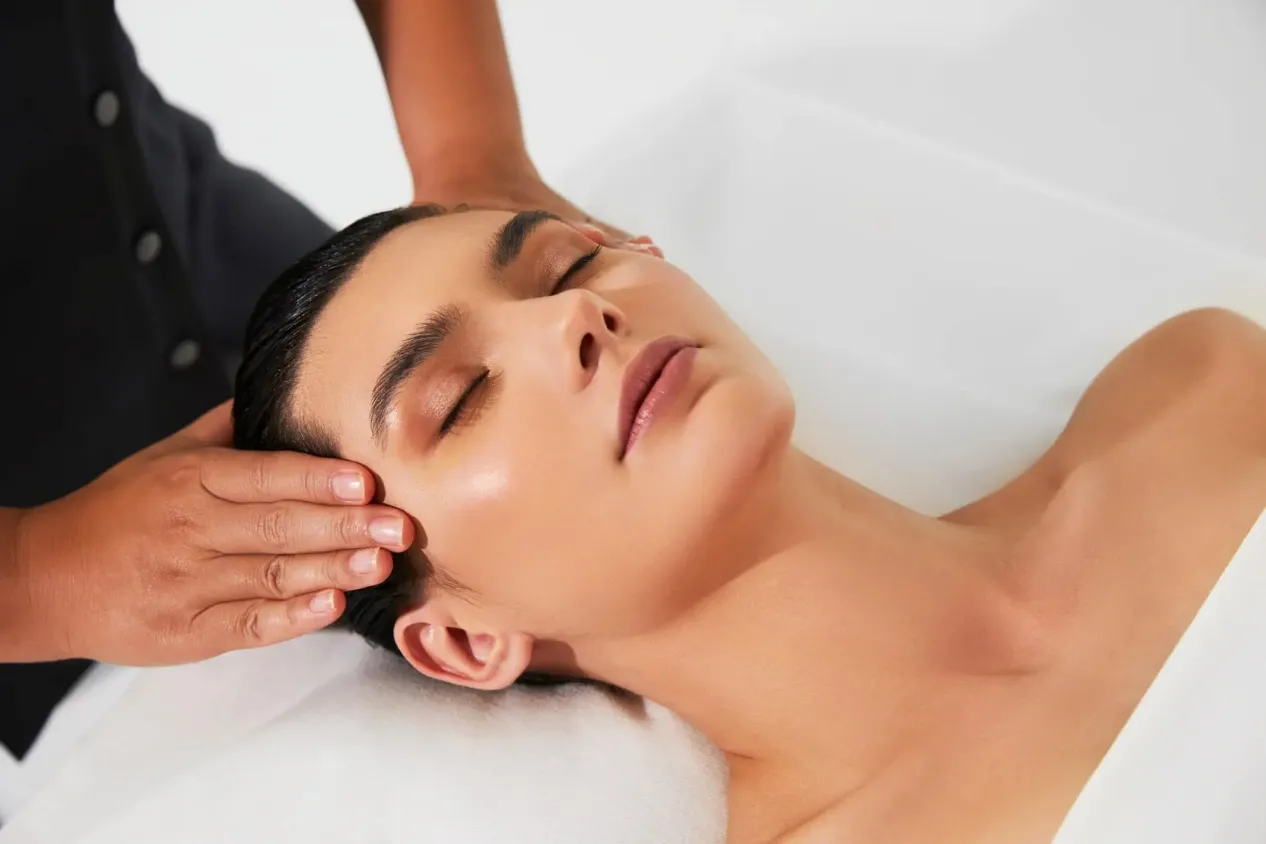
1. Temple Massage
The temples are a common area where migraine pain concentrates. Gently massaging this area can help reduce tension and improve blood flow.
How to Do It: Use your index and middle fingers to apply gentle, circular pressure on both temples.
Duration: Massage for 1-2 minutes, breathing deeply to relax.
2. Neck and Shoulder Massage
Tension in the neck and shoulders often contributes to migraines. Relieving this tension can help prevent or reduce migraine pain.
How to Do It:
Use your fingers or a massage tool to knead the muscles at the base of your skull and along your neck.
Focus on tight spots, applying steady pressure and releasing slowly.
Duration: Spend 5-10 minutes on this area.
3. Scalp Massage
A scalp massage can help relax the muscles and improve circulation, which may ease migraine pain.
How to Do It:
Use your fingertips to apply gentle pressure in circular motions across your scalp.
Start at the front of your head and work your way to the back.
Duration: Massage for 3-5 minutes.
4. Acupressure Points
Certain acupressure points are believed to help relieve migraine pain. Two key points are:
Union Valley (LI4): Located between the thumb and index finger.
Apply firm pressure with your opposite thumb for 30 seconds to 1 minute.
Third Eye Point (GV24.5): Located between the eyebrows.
Use your index finger to apply gentle pressure for 1-2 minutes.
5. Forehead and Eyebrow Massage
Tension in the forehead and around the eyes can worsen migraine pain. Massaging these areas can provide relief.
How to Do It:
Use your thumbs to apply gentle pressure along your eyebrows, starting from the inner corners and moving outward.
Repeat the motion across your forehead.
Duration: Massage for 2-3 minutes.
6. Self-Massage with Essential Oils
Adding essential oils like peppermint, lavender, or eucalyptus can enhance the relaxing effects of massage.
How to Do It:
Dilute a few drops of essential oil in a carrier oil (e.g., coconut or almond oil).
Apply the mixture to your temples, neck, and shoulders while massaging.
Tip: Peppermint oil has a cooling effect that can help soothe migraine pain.
7. Relaxation Techniques
Combining massage with relaxation techniques can amplify its benefits:
Deep Breathing: Inhale deeply through your nose, hold for a few seconds, and exhale slowly through your mouth.
Progressive Muscle Relaxation: Tense and release each muscle group in your body, starting from your toes and working upward.
Tips for Effective Migraine Relief
Consistency: Regular massage can help prevent migraines by reducing overall tension.
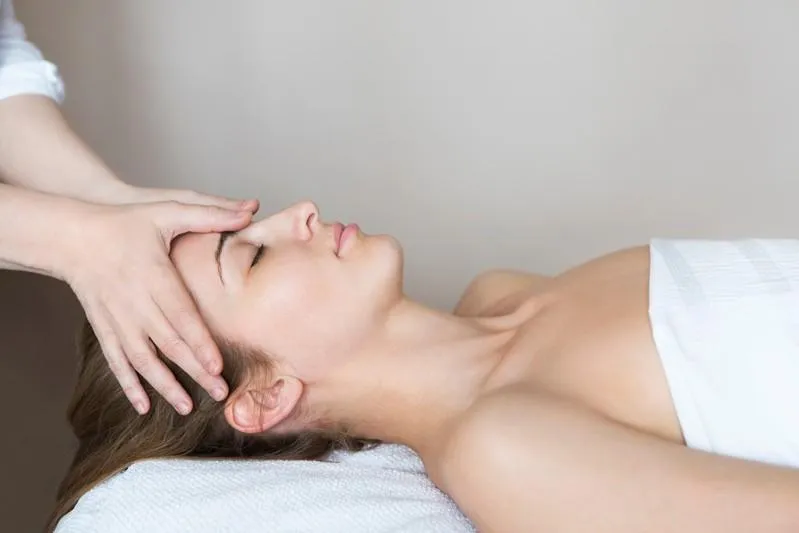
Hydration: Drink plenty of water before and after massage to stay hydrated.
Environment: Perform massage in a quiet, dimly lit room to minimize sensory triggers.
When to Seek Medical Help
While massage can be helpful, it’s important to consult a healthcare professional if:
Your migraines become more frequent or severe.
You experience new or unusual symptoms.
Massage and other remedies do not provide relief.
Conclusion
Massage is a natural, non-invasive way to help relieve migraine pain and tension. By incorporating these techniques into your routine, you can take proactive steps to manage your symptoms and improve your quality of life. Remember, everyone is different, so experiment with these methods to find what works best for you. Always consult your doctor for personalized advice, especially if your migraines are severe or persistent.
Take care of yourself—your body and mind will thank you!
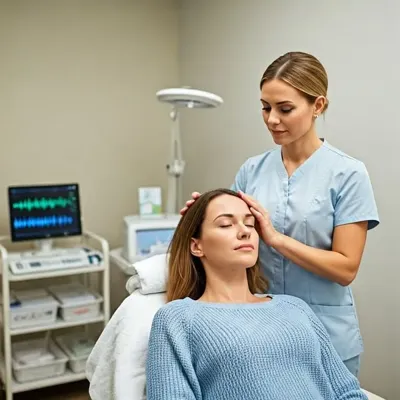 Migraine Massage: Benefits, Techniques And TipsMigraines are a debilitating form of headache that can significantly impact a person's daily life. They often come with severe pain, nausea, and sensitivity to light and sound. Many people turn to alternative therapies like massage for relief.
Migraine Massage: Benefits, Techniques And TipsMigraines are a debilitating form of headache that can significantly impact a person's daily life. They often come with severe pain, nausea, and sensitivity to light and sound. Many people turn to alternative therapies like massage for relief.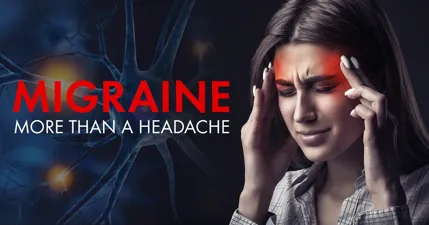 Migraine Relief: How Massage Therapy Can HelpMigraines are more than just severe headaches; they can disrupt daily life, cause immense discomfort, and reduce productivity. While medication is often a go-to remedy for relief, massage therapy is emerging as an effective complementary treatment for managing and even preventing migraines. Massage therapy offers a holistic approach that can benefit those dealing with chronic migraines.
Migraine Relief: How Massage Therapy Can HelpMigraines are more than just severe headaches; they can disrupt daily life, cause immense discomfort, and reduce productivity. While medication is often a go-to remedy for relief, massage therapy is emerging as an effective complementary treatment for managing and even preventing migraines. Massage therapy offers a holistic approach that can benefit those dealing with chronic migraines.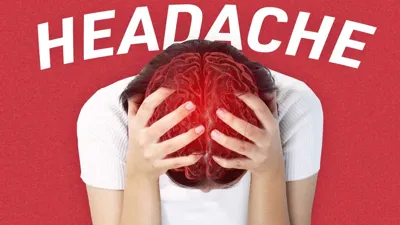 Relieve your migraine the Chinese wayDo you often have paroxysmal pain on one side of your head? Often unable to sleep, concentrate on work, and live a normal life because of headaches? Have you tried many ways such as relying on drugs and diet to relieve your headaches but to no avail? Next, this article will take you to deeply analyze the best treatment for migraines
Relieve your migraine the Chinese wayDo you often have paroxysmal pain on one side of your head? Often unable to sleep, concentrate on work, and live a normal life because of headaches? Have you tried many ways such as relying on drugs and diet to relieve your headaches but to no avail? Next, this article will take you to deeply analyze the best treatment for migraines